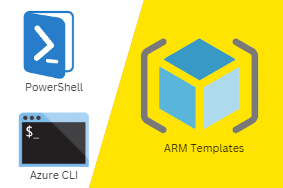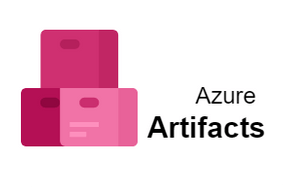Companies are operating on the cloud more and more each day, but keeping the enterprise safe from cyberattacks can seem like an impossible task. Luckily, Microsoft Azure Lighthouse can help you to ensure that your entire network is as secure as possible from the inside out. If you’re ready to get started, here’s how it works!
Get a quick intro
Microsoft offers a free, online service for penetration testing. Penetration testing helps you ensure that your network has appropriate firewalls and access controls to prevent a hacker from accessing information he or she shouldn’t have access to. Microsoft describes it as a way to test vulnerabilities in your applications so you can fix them before real-world attackers do. Since all of these tests are performed online, there is little risk of damage or loss if you choose an attack that turns out to be too strong for your particular network.
Get an understanding of what it does
Lighthouse is a cloud service that gives you deep insight into your enterprise’s security and risk posture. As part of Microsoft’s cloud, you can quickly onboard workloads and gain insights that optimize operations. The key question on many IT professionals minds is whether they can trust their cloud provider with their organization’s data. With Microsoft, which is one of only five companies named as an Authorized Cloud Infrastructure Service Provider by NSA/CSS Commercial Solutions for Classified Program, peace of mind comes standard with all Azure services – including Azure Information Protection (AIP). When you use AIP in conjunction with Office 365 and select add-ons for next-generation protection such as Advanced Threat Analytics (ATA), you have deeper visibility into risk than ever before.
Benefits for security teams
Cost savings. With a cloud-based solution like Microsoft Azure Lighthouse, there’s no need for expensive hardware or software that needs to be supported and updated regularly. Furthermore, you can scale up quickly in case of an emergency, which reduces your vulnerability window. Finally, you save on maintenance costs by not having to run internal servers and provide ongoing support for them. Instead, cloud providers such as Microsoft bear that burden for you; in some cases, you may even be able to use part of your existing subscriptions with other services already owned by your organization if it uses Windows products like Office 365 ProPlus or Microsoft Intune.
How does it work?
Lighthouse is a cloud-based service that protects your organization from unknown threats. It does so by using automation, machine learning and advanced threat detection techniques to continuously analyze Microsoft and third-party applications across development, test, staging and production environments. The results of these analyses are used by IT operations teams as an aid in prioritizing manual reviews of code before it’s committed into a software repository. Code reviews can take time and are often skipped, which makes them ineffective as a security measure against unauthorized code changes – which could contain malicious software intended to compromise enterprise applications and data. Additionally, manual code reviews aren’t scalable; they have no way of knowing if any new or updated code complies with business security standards until after it has been approved for deployment.
Try it yourself
Microsoft Azure has its own comprehensive, cloud-based security system, with a number of features to help ensure that you keep your data safe. One such feature is called Microsoft Azure Lighthouse, a collaborative tool that allows you and your team members to be up-to-date on security processes. Working in unison with other Microsoft tools such as Code Review, Security Review and ChatOps, Lighthouse can pinpoint vulnerabilities in your software source code before they become major threats. All of these safeguards come at no cost—you simply need an active account with Microsoft Azure.



0 Comments